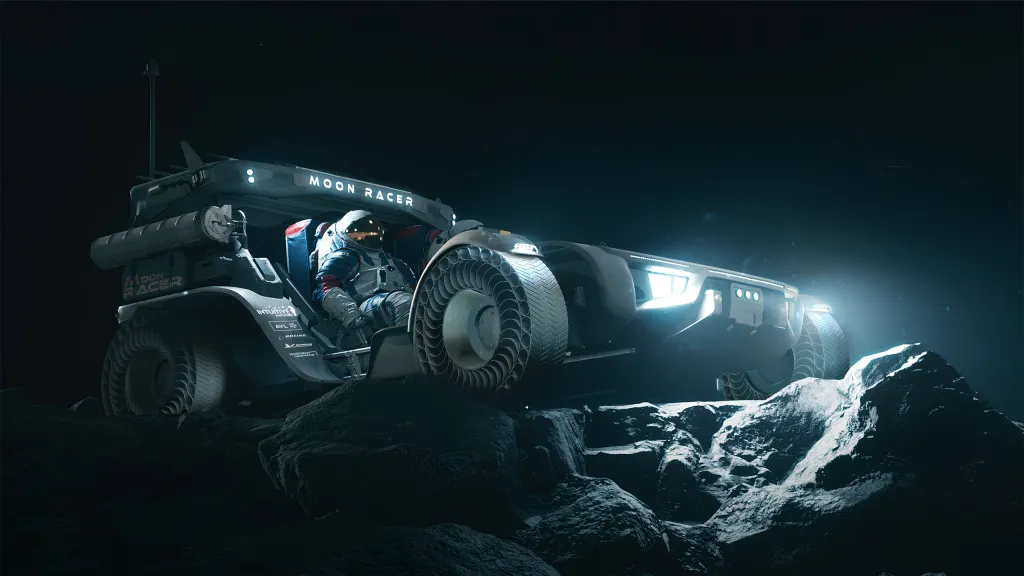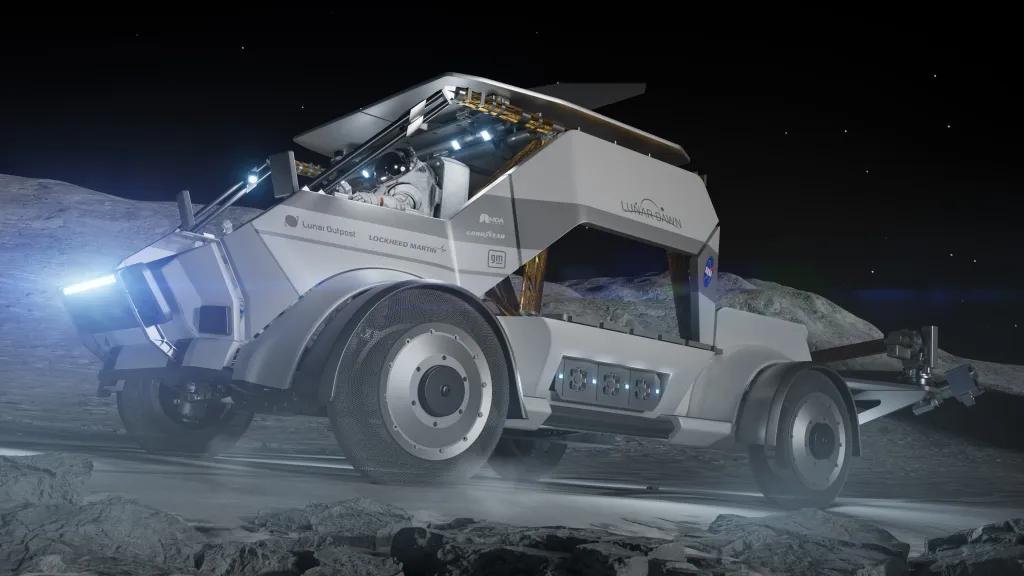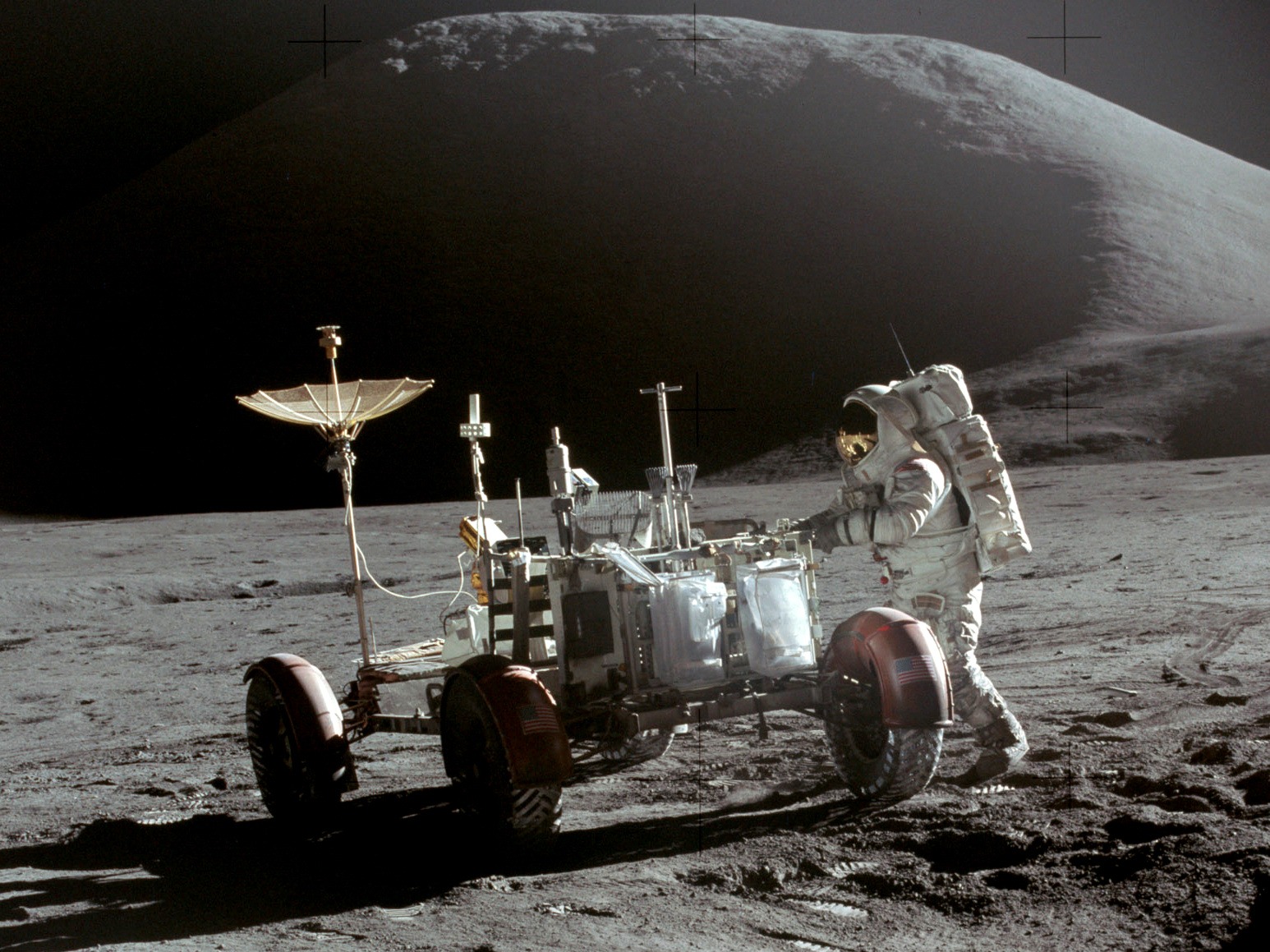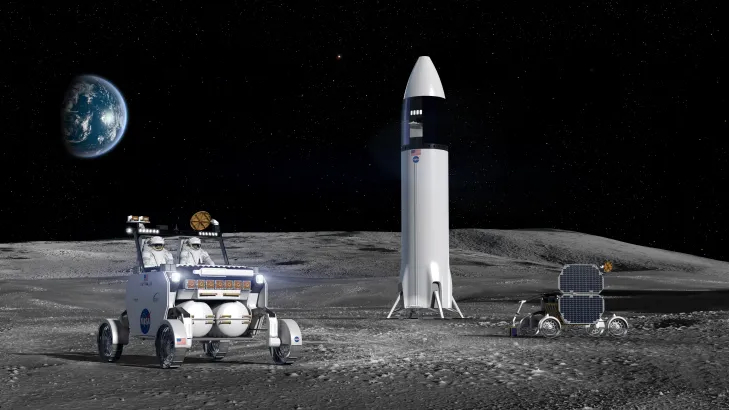NASA has selected three private teams – Intuitive Machines, Lunar Outpost and Venturi Astrolab – to develop new versions of the Lunar Terrain Vehicle (LTV) to be used by astronauts during the Artemis mission in the polar region of the Moon.

Each of the selected teams will have only 12 months to develop their own version of the lunar rover — this is the main requirement of the space agency. NASA plans to sign a contract with only one developer. The winner of the tender will receive a contract to create a full-fledged version of the lunar rover for the Artemis V mission in 2030. NASA will also order the services of unmanned lunar rovers from the contractor for scientific research until 2039. The potential value of the LTV services contract is $4.6 billion. This amount includes all contracts for the creation and delivery of spacecraft to the Moon.
However, NASA will not buy the LTV vehicles themselves, but will order the service of using lunar rovers, similar to contracts with SpaceX for the delivery of cargo to the International Space Station, as well as lunar spacesuits, which will also be rented.

Vanessa Wyche, director of NASA’s Johnson Space Center, expressed hope for the development of a new lunar wheeled vehicle that would expand the capabilities of astronauts in exploring the Moon.
New lunar rover for NASA for the first time in 50 years
The LTV would be the first U.S. lunar vehicle since the Apollo 15 lunar rover was used in 1971, and would differ from it in that it could move without a human. Astronauts will use LTV as a mobile scientific platform that can function without the presence of a crew, which will allow for scientific research on the Moon during periods of absence of astronauts.

LTV’s work will take place near the South Pole of the Moon, where NASA plans to place Artemis bases in order to search for and use water ice to provide astronauts with water and produce rocket fuel.
NASA is committed to sending a working LTV model to the Moon before the arrival of the Artemis crew in 2030, and is ready to consider the possibility of its rapid implementation, as far as possible.
The development of the LTV program began in 2020 with the announcement by NASA of the search for ideas for a new lunar transport. In 2021, a competition for LTV proposals was announced. Initially, the agency planned to determine the winner in November 2023, but postponed the decision until April 2024.

One of the companies that passed the first selection, Houston–based Intuitive Machines, has already sent a spacecraft to the moon. In February, the company’s robotic Odysseus lander became the first private spacecraft to make a soft landing on the moon. Odysseus, not without obstacles, reached this milestone under another contract with NASA, concluded as part of the commercial payload delivery services program to the Moon.
Earlier, we reported on how Lockheed Martin and Goodyear teamed up to develop a transport for the Moon.
According to space.com
Follow us on Twitter to get the most interesting space news in time
https://twitter.com/ust_magazine


